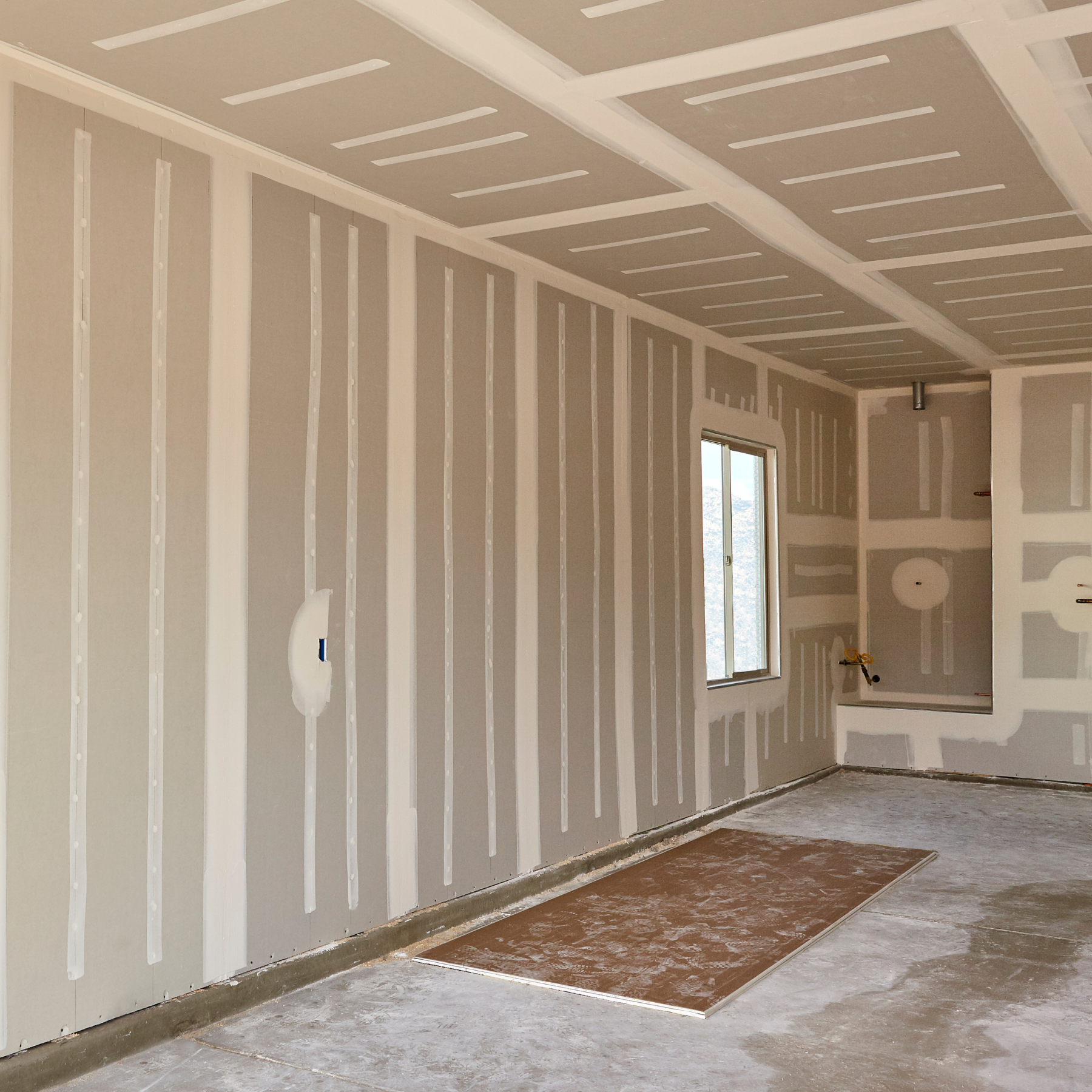Toxic Homes: The Chinese Drywall Crisis and Its Lasting Impact on American Homeowners
For thousands of American homeowners, a hidden hazard was quietly corroding their homes, appliances, and even their health. Chinese drywall, a defective building material imported from China between 2001 and 2009, led to a widespread crisis in the United States, affecting homes across multiple states—especially those rebuilt after Hurricane Katrina and the early 2000s housing boom.
With toxic emissions, major property damage, and serious health concerns, Chinese drywall left families with unlivable homes and costly repairs, while many struggled to hold manufacturers accountable. Nearly two decades later, some homes may still contain this dangerous material, leaving unsuspecting buyers at risk.
How Chinese Drywall Entered U.S. Homes
In the early 2000s, a shortage of U.S.-manufactured drywall led builders to import alternative materials from China to keep up with demand. During this time, an estimated 550 million pounds of Chinese drywall made its way into homes, with at least 100,000 homes believed to be affected.
The problem was first discovered in Florida and Louisiana, where homeowners began reporting foul odors, corroding metal, and unexplained health problems. As more complaints surfaced, investigators linked the issues to defective drywall—a crisis that would soon span multiple states.
What Made Chinese Drywall Dangerous?
Unlike standard drywall, Chinese drywall emitted high levels of sulfur compounds, particularly hydrogen sulfide. This toxic gas corroded copper wiring, air conditioning coils, plumbing, and even household electronics—leading to electrical failures, appliance breakdowns, and fire hazards.
Homeowners also reported serious health issues, including:
Respiratory problems (coughing, wheezing, asthma-like symptoms)
Chronic headaches and dizziness
Nosebleeds and irritated eyes
Skin rashes and unexplained fatigue
These symptoms often improved when people left their homes, further suggesting a direct link to toxic drywall exposure.
Where Was Chinese Drywall Used?
The highest concentration of cases was found in Florida, Louisiana, Virginia, Alabama, and Mississippi, where major hurricane rebuilding efforts required large amounts of construction materials. However, homes in Texas, Georgia, California, and the Carolinas were also affected.
Because builders often didn’t track exactly where Chinese drywall was installed, many homes remained unmarked, leading to cases where unsuspecting buyers purchased homes with hidden damage.
The Legal and Financial Fallout
As reports surfaced, the U.S. Consumer Product Safety Commission (CPSC) launched an investigation, confirming that Chinese drywall was releasing harmful gases and causing severe property damage. Despite these findings, the U.S. government never issued an official recall, leaving homeowners to pursue lawsuits on their own.
Lawsuits against Chinese manufacturers: While some homeowners received settlements, many companies responsible for the defective drywall went out of business or refused to pay damages.
Homeowners left with massive repair costs: Many affected homes required complete drywall removal, an expensive process costing $100,000 or more per home.
Banks and insurers often refused to help: Many homeowners couldn’t get financial relief, leading some to walk away from their homes altogether.
Are Homes Still at Risk?
Although most affected homes have been identified, some properties may still contain Chinese drywall, especially in states with older housing stock. Homebuyers and renters should be aware of potential warning signs before purchasing or moving into a home.
How to Identify Chinese Drywall:
Rotten egg smell (sulfur-like odor)
Blackened or corroded copper wires in electrical outlets
Repeated AC and appliance failures without a clear cause
Health symptoms that improve after leaving home
If you suspect Chinese drywall, a professional inspection and lab testing can confirm its presence.
The Lasting Lessons of the Chinese Drywall Crisis
The Chinese drywall disaster exposed major flaws in U.S. building regulations, product safety oversight, and the consequences of relying on foreign manufacturers for essential construction materials.
Despite thousands of affected homeowners and billions in damages, no major government compensation program was created, leaving many families to deal with the crisis alone. The incident serves as a cautionary tale about product safety, construction transparency, and the risks of cutting corners in the housing industry.
What’s Next?
While the worst of the Chinese drywall crisis is over, its effects are still felt today. Families who lost homes, suffered health effects, or faced financial ruin continue to seek justice. Meanwhile, homebuyers and renters should remain cautious—because even after 20 years, some homes may still contain this hidden hazard.
If you’re buying a home, be sure to ask: "Was this home inspected for Chinese drywall?" It could save you from a costly and dangerous mistake.
What do you think? Should the U.S. have done more to help affected homeowners? Let us know in the comments.

